As frustration spreads over the slow pace of vaccination for Covid-19, it is instructive to compare two states. One has the highest median household income of any state in the country—the other, the second lowest. One has the second lowest poverty rate, 8.2%, while the other’s is one of the highest at 17.6%. In one, about 40% of the adult population has a BA degree or more; in the other, about 20%.
Now compare their performance in administering COVID-19 vaccines to their populations. One ranks 2nd in the share of its population that has been inoculated and has turned 83% of the doses received from the federal government into actual inoculations. The other ranks 35th for its inoculation rate and has delivered only 46% of doses received into its people’s arms, well below the national average of 53%.
Here’s the surprise: the wealthy and highly educated state—Maryland—is the one that has done a substandard job of delivering inoculations, while the poor and less educated state—West Virginia—is among the nation’s leaders.
At this early stage, two key factors have emerged as explanations for this implementation gap. First, West Virginia was the only state in the country to opt out of the vaccine distribution partnership between the federal government and two national pharmacy chains—CVS and Walmart—for vaccinating residents at nursing homes and other long-term care facilities. Instead, the state relied on a network of nearly 250 independent pharmacies.
This arrangement offered several advantages. These pharmacies served remote rural areas and small towns as well as larger population centers. Because most had pre-existing relationships with local nursing homes, they began with extensive information about the facilities and their residents. And perhaps most important, relationships of trust existed between local pharmacy staff and individual patients, helping them overcome vaccine aversion.
By the end of December, West Virginia had offered vaccinations to all its nursing home residents—the first state to hit this benchmark. Recently, CVS and Walgreens issued statement predicting that they would reach this goal in the other 49 states by January 25—nearly a month later than West Virginia.
The second apparent explanation for West Virginia’s superior performance: decisions have been made by the governor at the state level, eliminating confusion and competition among localities. Starting January 25, a state-wide online site will allow all residents to register for vaccinations and will direct them to facilities with doses available. A week later, on February 1st, the state will expand its network of community clinics to cover all 55 of its counties.
In Maryland, by contrast, most of these issues have been left to its counties, each of which has established its own priority lists and facilities for administering the vaccine. Maryland’s system of strong county governance works well in normal times but is impeding vaccine delivery during this pandemic. As Maryland residents know, this diversity has created confusion and has given residents with access to multiple information sources advantages over those with weaker networks and less Internet access. A bewildering maze of online sites—some from counties, others from hospitals–has sprung up. Prince George’s County has closed its vaccination facilities to Marylanders who live outside its borders.
The Maryland/West Virginia gap is one of many such anomalies across the country. Why has North Dakota managed to use 85% of the doses it has received for inoculations compared to 49% for Massachusetts? Why does New Mexico have an inoculations/doses received ratio of 77%, versus just 43% for Virginia? What differences of institutions, strategies, and leadership explain these gaps?
We can pose similar questions about differences within states. For example, the differences between West Virginia and Maryland have been replicated within Maryland at the county level. Montgomery County has the 2nd highest median income among Maryland’s 24 counties, ranking it 17th on the list of 3100 counties in the United States and at the top of the 365 counties with non-white majority populations. Among all the US counties, it ranks 5th in the share of its residents with post-BA and professional degrees. Yet it stands in 22nd place among Maryland’s 24 counties in the share of its residents it has inoculated. The city of Baltimore, which ranks far behind Montgomery County on all these measures, has managed to inoculate a significantly higher percentage of its citizens.
We do not yet know what explains such intra-state variations. Governors’ distribution decisions, however justified, may be guided by considerations that are not fully transparent. It is also possible that political pressures have skewed governors’ decisions. On the other hand, some local jurisdictions probably have adopted inoculation plans that do not work as planned, in which case they should study more successful localities and change course.
What do these unanswered questions mean for frustrated Americans?
We know that states are receiving allocations of vaccine doses in approximate proportion to their populations, so differences between states in inoculation rates must reflect other factors. Matters are more complicated within states.
Clarity begins with transparency, which allows local populations to see how their jurisdictions are performing relative to others and how they are being treated by state governments. If areas like Montgomery County are not getting their fair share of the state’s vaccine supply, their leaders have an obligation to take the matter public and pressure state officials. If they are getting their share, their leaders owe their constituents an explanation for their sub-par performance, especially in jurisdictions such as Montgomery County that pride themselves on the professionalism of their governing institutions.
The efficient distribution of vaccines is key to many other urgent public needs. We need to understand disparities between states and within states. This way, best practices can be shared and problems solved.
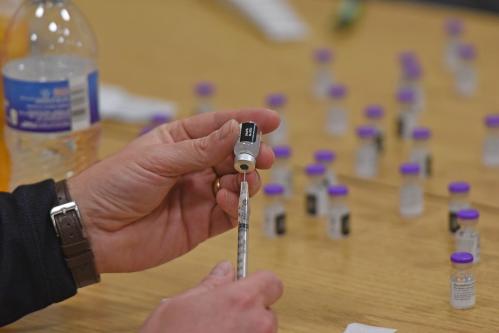
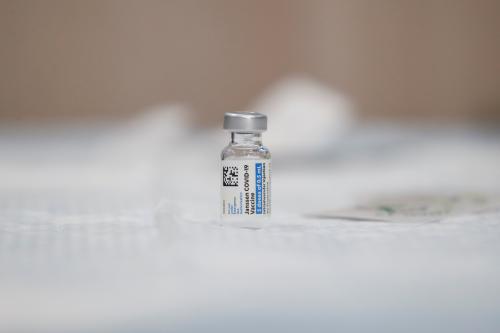
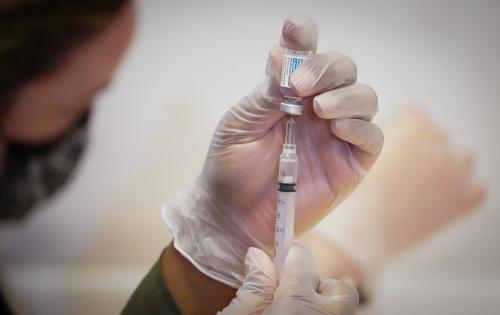


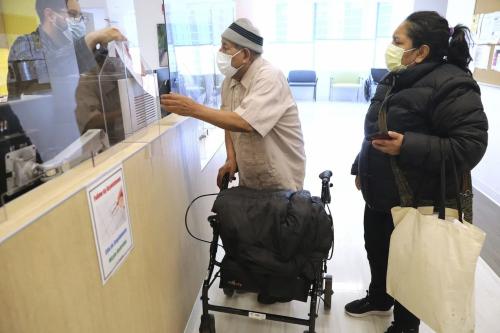
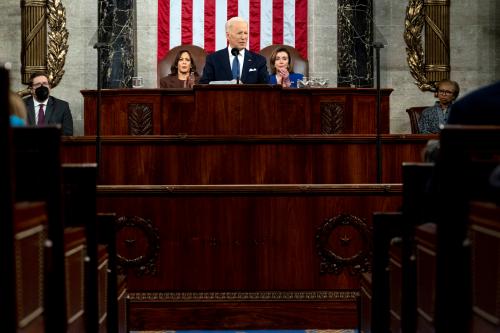
Commentary
COVID-19 vaccinations: Why are some states and localities so much more successful?
January 25, 2021